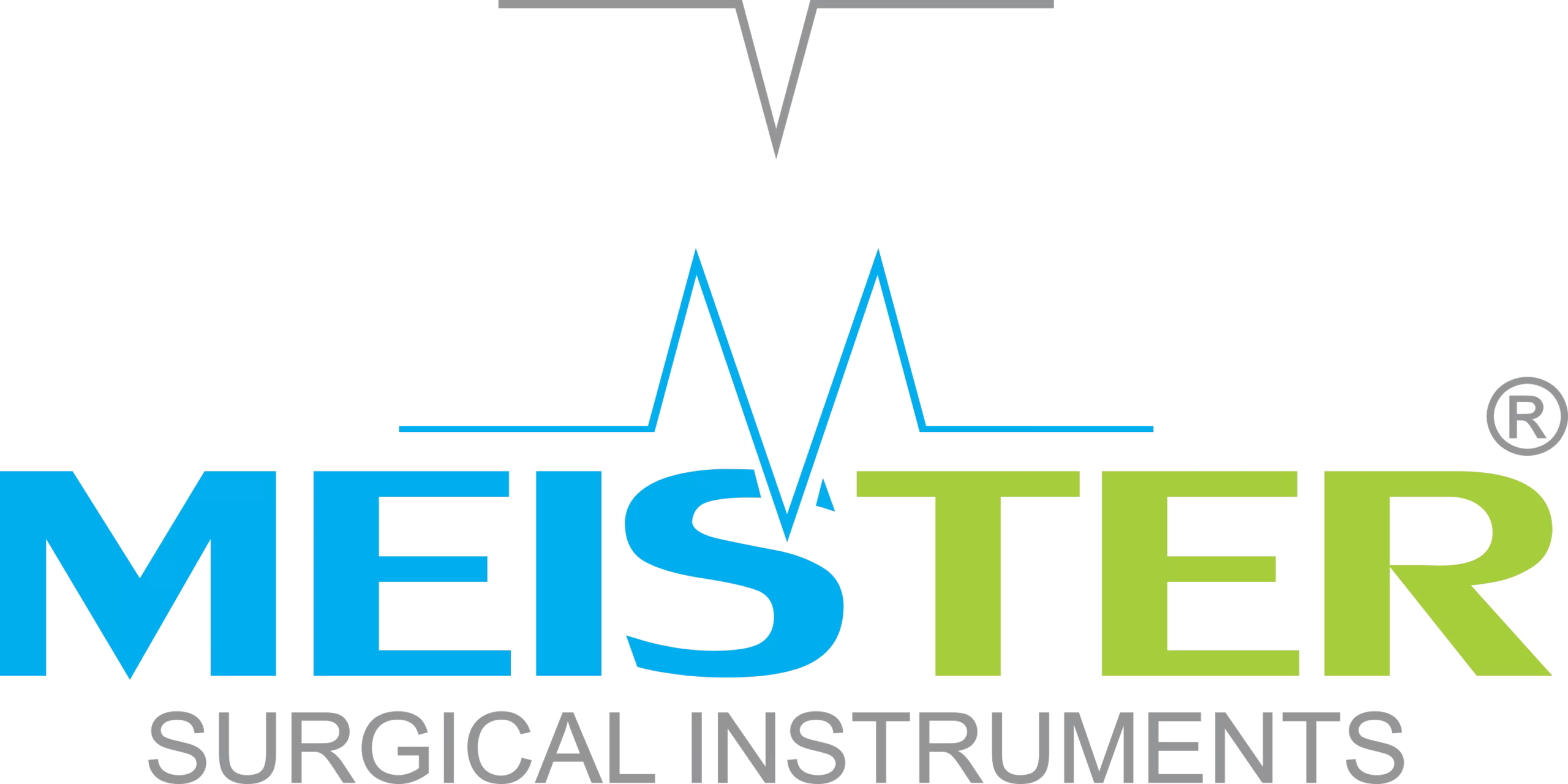Introduction
In the realm of modern surgical practices, tenotomy has emerged as a widely used and effective procedure for treating various muscular and tendon-related conditions. Whether it’s improving mobility in children with cerebral palsy or relieving chronic tendon pain in adults, tenotomy offers a safe, minimally invasive option for long-term relief.
This blog will explore what tenotomy is, when it’s recommended, the types of tenotomy procedures, and how companies like Meister Surgical support these surgeries through precision-crafted instruments. You’ll also find helpful links to guide your learning and clinical decisions.
What is Tenotomy?
Tenotomy refers to a surgical procedure in which a tendon is deliberately cut to relieve tension, correct deformities, or improve movement. This technique is particularly valuable when a muscle is too tight or contracted, preventing normal function.
Tenotomy is often recommended for:
- Children with cerebral palsy
- Individuals with clubfoot
- Patients with chronic Achilles tendon contracture
- Cases of trigger finger or other tendon-related conditions
- Strabismus (eye muscle imbalance)
By releasing the tendon, the surgeon allows the affected joint or muscle group to move more freely and without pain.
Types of Tenotomy
There are primarily two types of tenotomy procedures, each selected based on the patient’s specific needs:
1. Open Tenotomy
This involves making a small surgical incision to expose and cut the tendon. It is typically used in more complex or severe cases where precision is critical.
2. Percutaneous Tenotomy
A less invasive method performed through a needle or small blade, often under local anesthesia. This technique is quicker, causes minimal scarring, and is ideal for outpatient treatment.
Minimally invasive tenotomies are now being performed with ultrasound guidance, allowing for even more accuracy and reduced recovery times.
When is Tenotomy Recommended?
Tenotomy is not typically a first-line treatment. It is considered when other non-invasive methods—such as physical therapy, splints, or medications—fail to resolve the problem. A few clinical situations where tenotomy becomes necessary include:
- Persistent muscle tightness despite therapy
- Pain due to tendon shortening
- Limited joint movement
- Congenital conditions affecting limb positioning
- Ophthalmologic issues requiring eye muscle adjustments
Ultimately, tenotomy helps restore a patient’s range of motion and improve their quality of life.
Benefits of Tenotomy
Tenotomy is valued for its simplicity and effectiveness. The key benefits include:
- Minimally invasive options
- Short procedure time
- Faster recovery compared to traditional surgeries
- Reduced hospital stays
- Improved functional outcomes
- Low risk of complications
These advantages make tenotomy especially appealing in pediatric cases and for patients seeking less aggressive solutions to chronic conditions.
The Role of Meister Surgical in Tenotomy
For a successful tenotomy procedure, the quality of surgical instruments cannot be compromised. At Meister Surgical, we specialize in manufacturing and supplying precision surgical tools tailored for delicate orthopedic and soft tissue procedures like tenotomy.
Surgeons around the world rely on Meister Surgical’s expertise for:
- Scalpels and fine blades
- Tenotomy scissors
- Needle holders and forceps
- Micro-surgical tools for percutaneous procedures
Our instruments are crafted with surgical-grade stainless steel and designed for ergonomic handling and long-term performance. Whether in a pediatric operating room or a specialized orthopedic clinic, Meister Surgical’s products meet the highest standards of care.
👉 Explore our full range of surgical instruments and contact us at info@meistersurgical.com for inquiries.
Advances in Tenotomy Techniques
With growing interest in minimally invasive surgery, tenotomy procedures are evolving quickly. Techniques like ultrasound-guided percutaneous tenotomy (UGPT) are gaining popularity for their precision and minimal trauma to surrounding tissues.
These modern techniques not only reduce patient discomfort but also enhance surgical outcomes. According to PubMed Central, recent studies have shown that UGPT is effective for treating chronic tendinopathy with shorter recovery times and high patient satisfaction rates.
Postoperative Care and Recovery
Recovery from a tenotomy depends on the location of the procedure and the patient’s overall health. In general, most patients experience:
- Mild discomfort for a few days
- Temporary immobilization
- Gradual return to activity
- Physical therapy for strength and mobility
Pediatric cases may require casting or bracing to support corrected limb positioning, especially after Achilles or hamstring tenotomy.
Close follow-up care ensures proper healing and long-term improvement. Most patients resume normal activities within 2 to 6 weeks, with significant improvement in function.
Why Choose Quality Instruments for Tenotomy?
Surgeons understand that precision tools lead to precision outcomes. Poor-quality instruments can increase the risk of complications, lengthen surgery time, or cause post-operative issues.
By partnering with Meister Surgical, clinics and hospitals benefit from:
- Durability and sterility
- Customized instrument sets
- International compliance (CE, ISO)
- Efficient service and fast delivery
Trust is earned not only through skilled hands but also through the tools those hands rely on. Meister Surgical is proud to be part of that success.
Conclusion
Tenotomy is a powerful solution for a variety of orthopedic and neuromuscular challenges, offering patients restored function and relief from chronic pain. As surgical techniques advance, and the demand for minimally invasive options grows, tenotomy will continue to play a key role in modern medicine.
With the right tools from Meister Surgical and the right care from experienced professionals, patients can look forward to a better, more mobile future.
For more information, visit https://meistersurgical.com or email info@meistersurgical.com.

